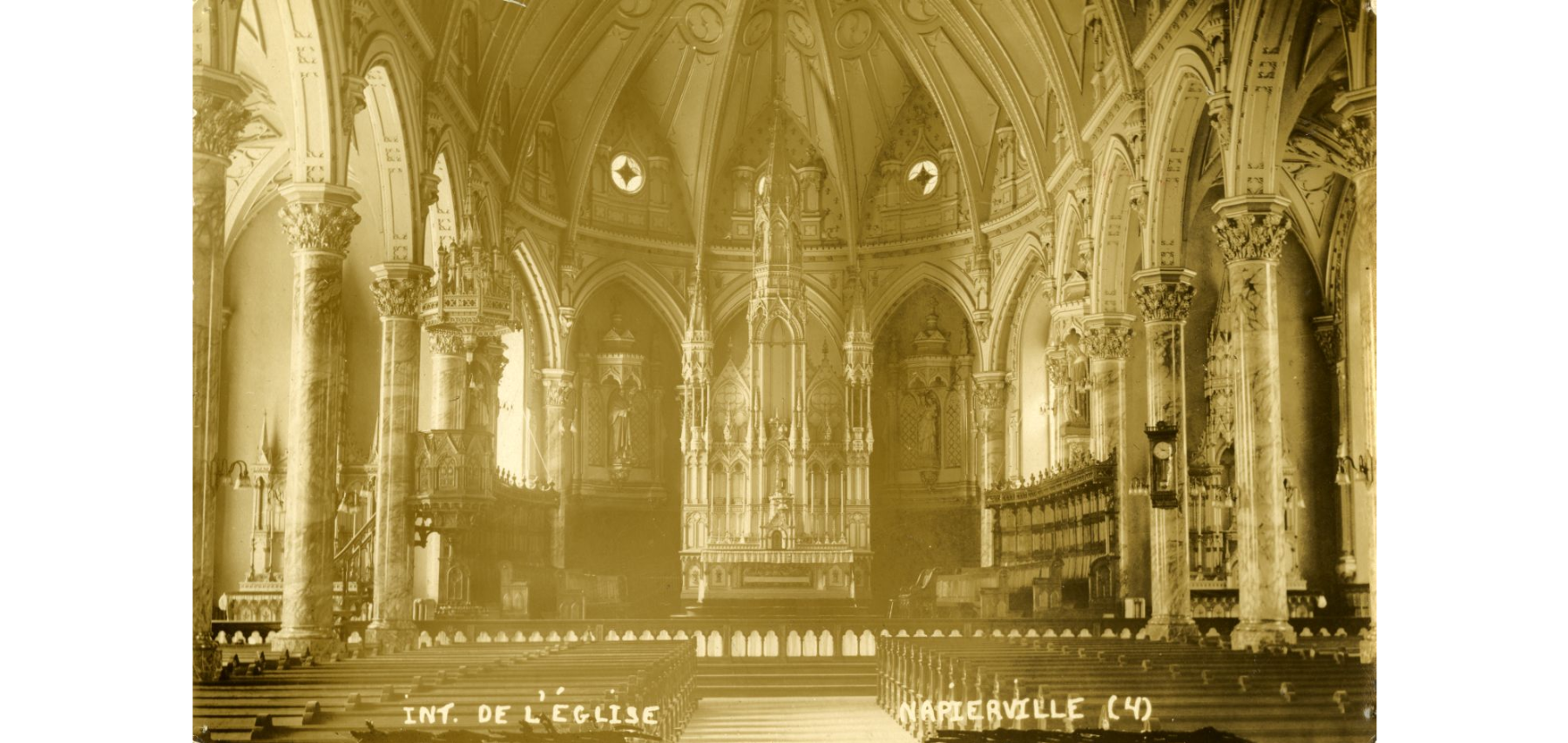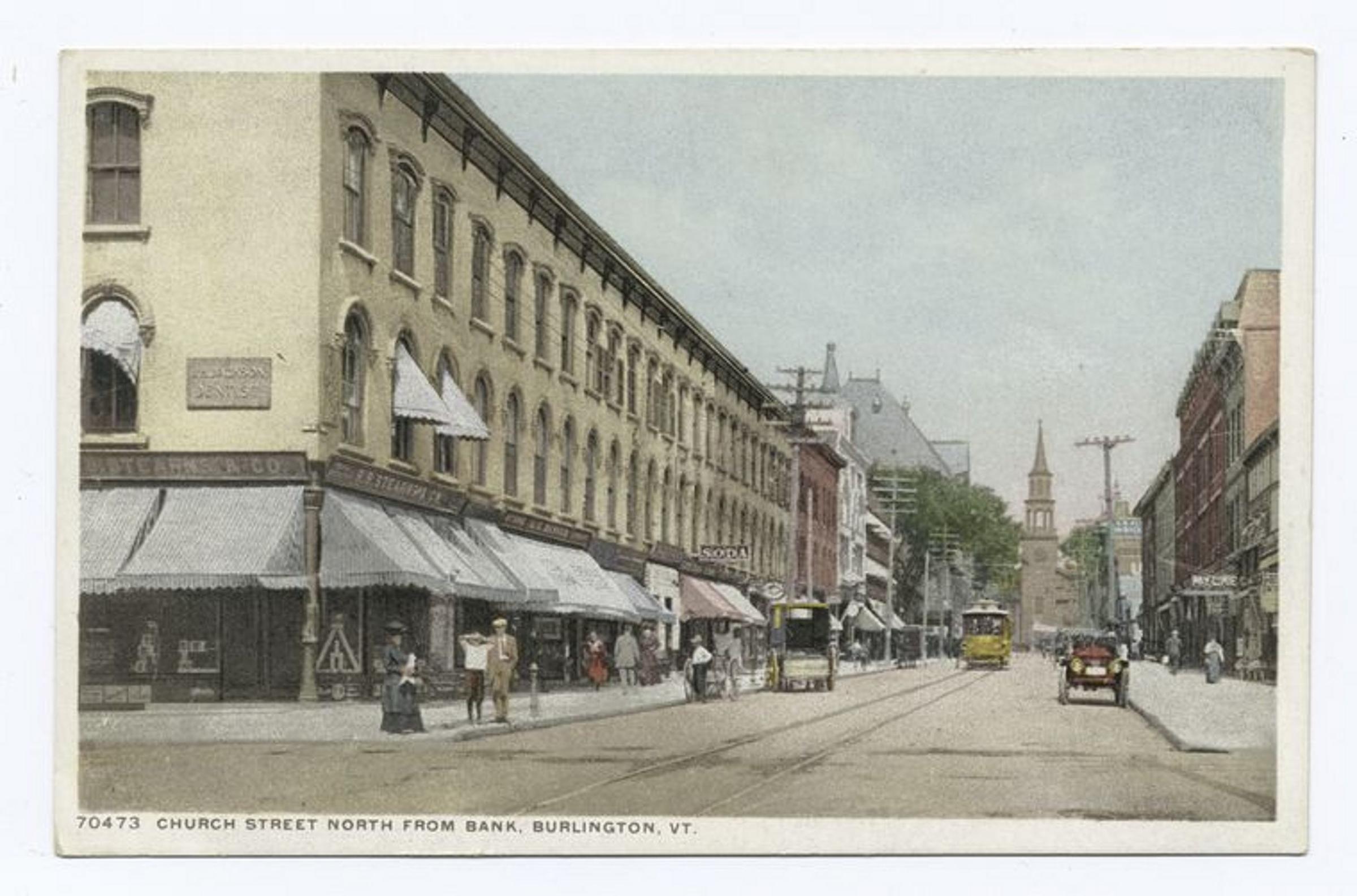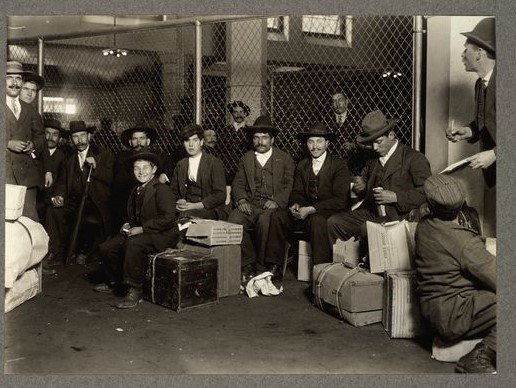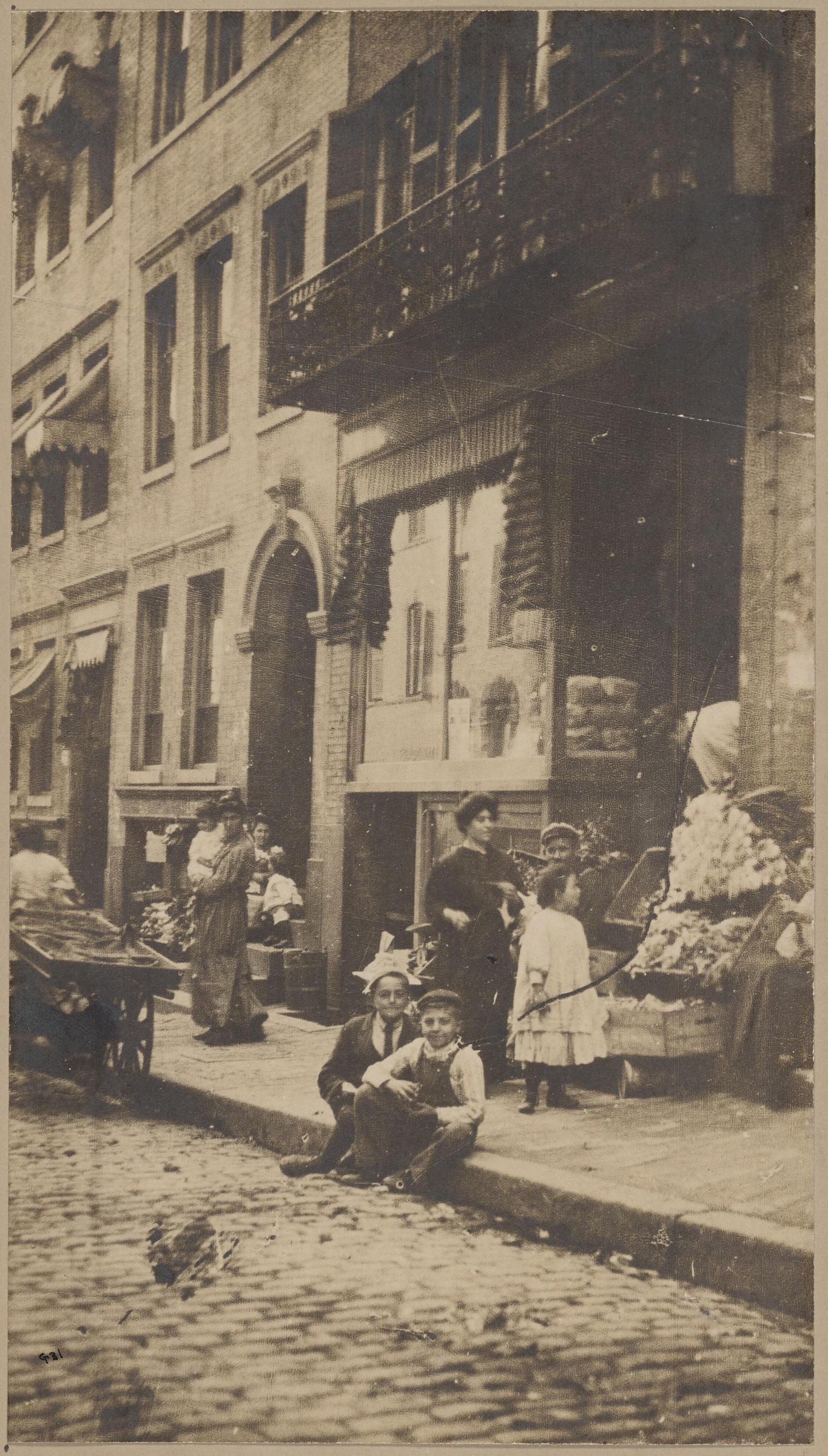The Ties That Bind
Boston's 1920 Women Voter Register is full of immigration stories. With the recent transcription of Boston's Ward 5 women voter register, the Mary Eliza Project has found a new story: the tale of two immigrants: Rose Délima Grégoire and her husband, Donato Orlando Racioppi.
by Kate Bradley
Rose Grégoire, often called Alma, was born in Napierville, Québec, in 1887. She came from a large French-speaking farming family, and she entered the United States alone in 1908. Shortly after her arrival, her parents and younger siblings immigrated to Burlington, Vermont.
Over the next decade, four of her sisters remained in the United States (Burlington, Vermont and Fall River, Massachusetts), while two eventually returned to Québec where they raised families of their own. Like other Franco-American families, Rose and her younger sister Aldina crossed the border many times, as they juggled family ties and wage earning. The eight sisters, the oldest and youngest born 26 years apart, continued to support each other, as immigration records and census records show the younger sisters staying with their older sisters on numerous occasions. This was an extensive family retaining not only their familial ties, but their cultural ties as well. Rose’s father Emilien Grégoire belonged to the Union Saint-Jean-Baptiste d’Amérique (USJB), a mutual aid society founded in Woonsocket, RI, which expressly supported Franco-American immigrants. Incidentally, records show a distant in-law of the Grégoire family, Alma Letourneau, was surprisingly president of the local branch of the USJB from 1930 to 1947, a hitherto unknown story which deserves research of its own.
Donato Racioppi, a tailor, had a different immigration experience. Born in Foggia, in southern Italy, in 1884, Donato immigrated to the United States in 1902, arriving at Ellis Island on the SS Perugia. The passenger list shows that his immigration was undertaken solo – he arrived in New York with ten dollars to his name, with only a store in New York listed as his destination. His immigration story did not end there. In 1907, he immigrated to Montréal, where he stayed for less than a year before returning to the states and settling in Boston. It is likely that Donato was tri-lingual, as he spoke Italian, English, and very likely French due to his time in Montréal, and an early job in Boston working for a Franco-American clothing company.
Rose and Donato married in 1909 at Sacred Heart Italian Church in the North End, only a year after they immigrated from Canada to Boston. It is telling that their marriage and early married life was in the North End, surrounded by many other Italian Americans. So, while Donato did not have any known physical contact with his birth family post-immigration, he undoubtedly had a chosen one, either through his work in the garment industry and/or through his neighborhood connections. Donato and Rose navigated multiple languages, successive living situations in and around Boston, and raised at least three children whose primary language was English. All while retaining ties to their natal cultures and families. With all this said, it is interesting that in 1920, Rose Racioppi registered to vote, thus firmly placing her foot in a new sphere of civic engagement.
Due to the data available through the Mary Eliza Project, we are better able to understand the myriad lived experiences of immigrants from Boston and environs. For this article alone, data from the Mary Eliza Project, Archdiocese of Boston Archives (Rose and Donato’s marriage and children’s baptisms), Federal Census records (their living situation over decades), Ellis Island Immigration Records (Donato’s immigration), the Drouin Collection (French Canada births, marriages, deaths, and legal records), and the Union Saint-Jean-Baptiste Archives (the Grégoire family’s involvement in Franco-American society), were accessed. The digitization and transcription of further records of this period all aid in creating a more nuanced picture of immigration and the ties that bind us all.
Kate Bradley is the Librarian/Archivist at the French Institute|Institut français at Assumption University






